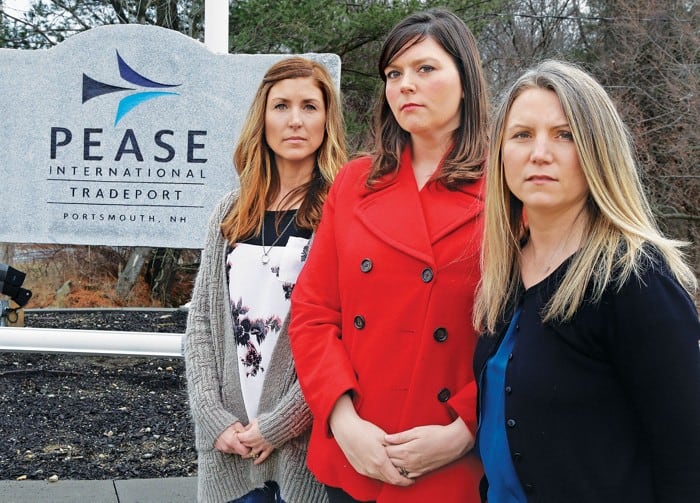The EPA faces legal and other hurdles as it attempts to regulate PFOA and PFOS
An article in the local newspaper caught Andrea Amico’s eye in May 2014. It reported that one of the three drinking-water wells at a sprawling business and industrial park nearby was shut down because of high levels of chemical contamination.
“Instantly, my heart sank,” says the Portsmouth, New Hampshire, woman. Amico recalls her reaction to the news: “My husband works there and he drinks water all day, and my two kids go to daycare there and they drink water all day.”
She’d never heard of the substances tainting the tap water—Portsmouth was one of the first communities in the US to discover these chemicals in public drinking water. Amico, who holds a master’s degree in occupational therapy and works in health care, started researching health effects from these contaminants and at first found little information.
Today, the situation has changed.

Amico now knows the identity of the chemicals found at the facility, the Pease Tradeport, built on the site of the former Pease Air Force Base after it closed in 1991. She confidently tosses out the term “per- and polyfluoroalkyl substances” (PFAS), which describes this class of compounds. She easily describes the strong carbon-fluorine bonds the chemical industry forges in manufacturing PFAS to create products that are durable under harsh conditions. She explains that these bonds mean PFAS don’t break down easily in the environment, earning them the nickname “forever chemicals.” She understands that the PFAS in the Tradeport tap water likely stemmed from firefighting foam used at the air base. She is up-to-date on studies describing the potential health effects from these substances.
And she knows that the blood of her husband and two children who attended the Tradeport daycare tested high for PFAS. In 2015 Amico and two other women founded a community activist group that helped secure those blood tests and was instrumental in getting a federal health study of PFAS-exposed people.
That investigation just started, so Amico doesn’t […]
Full article: Why limiting PFAS in drinking water is a challenge in the US

